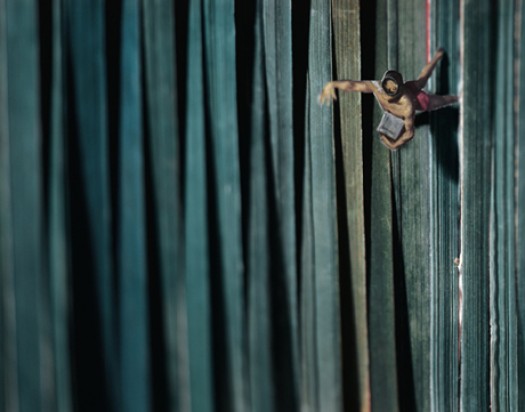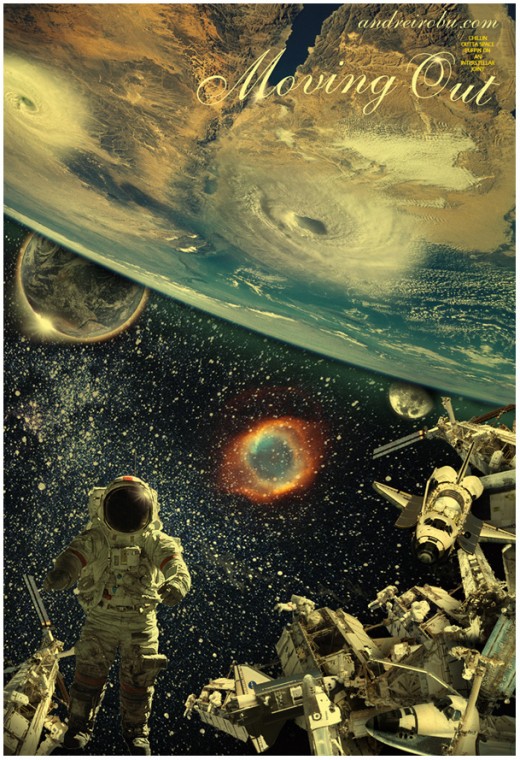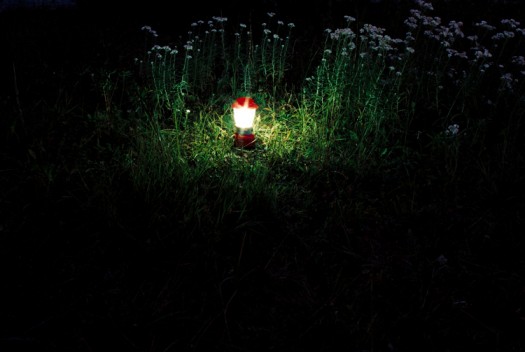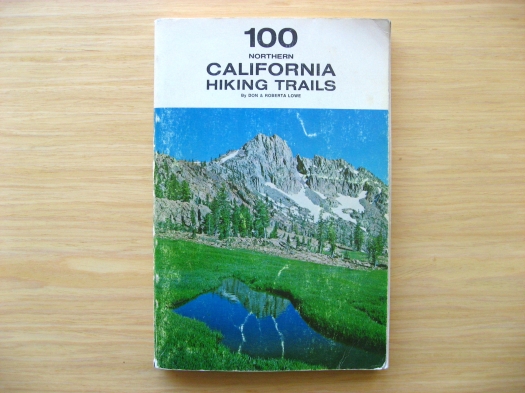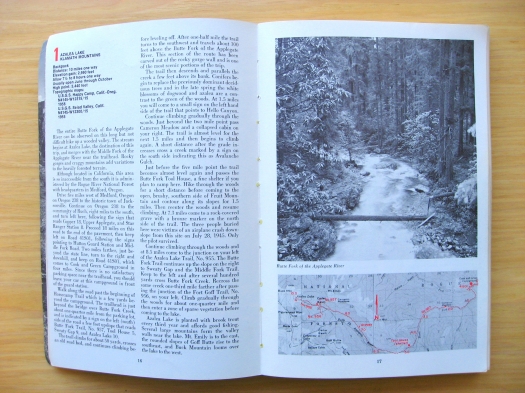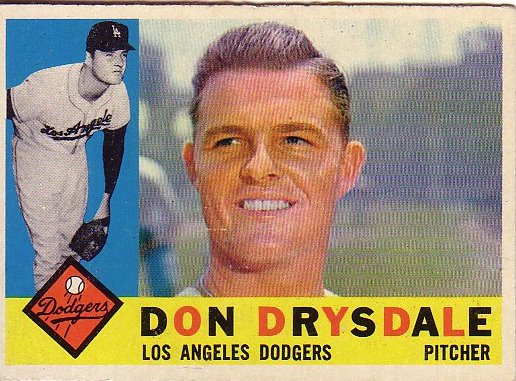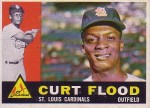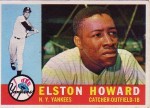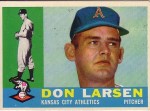Last Friday night was just another night in the penthouse of the Fairmont Hotel for Mara and I. We relaxed in seal-skin robes, shuffled around in baby polar bear ear fur slippers, snorted the finest powdered snow leopard pancreas, fed Kobe beef to the pigeons who delivered the New York Times piecemeal in tiny scrolls tied to their feet, and generally killed time. (While enjoying the Cooper holiday party). When we emerged from a blissful reverie, we noticed that the walls were covered with an unusual world map.
 It was painted in 1927, by a guy named Robert Boardman Howard. A little poking around on the Internet reveals that his work is scattered across Northern California — sketches at the Merced post office, a design for the phoenix on Coit Tower, a relief in front of the Livermore post office.
It was painted in 1927, by a guy named Robert Boardman Howard. A little poking around on the Internet reveals that his work is scattered across Northern California — sketches at the Merced post office, a design for the phoenix on Coit Tower, a relief in front of the Livermore post office. The Smithsonian did an interview with him in 1964, where he talks about another good NorCal project. "Then there was a small theatre up at Guerneville that I decorated. They gave me a free hand. I painted all the natives of Guerneville, their portraits, including the village dog. That was quite interesting. Good experience." Amen, brother.
The Smithsonian did an interview with him in 1964, where he talks about another good NorCal project. "Then there was a small theatre up at Guerneville that I decorated. They gave me a free hand. I painted all the natives of Guerneville, their portraits, including the village dog. That was quite interesting. Good experience." Amen, brother.









